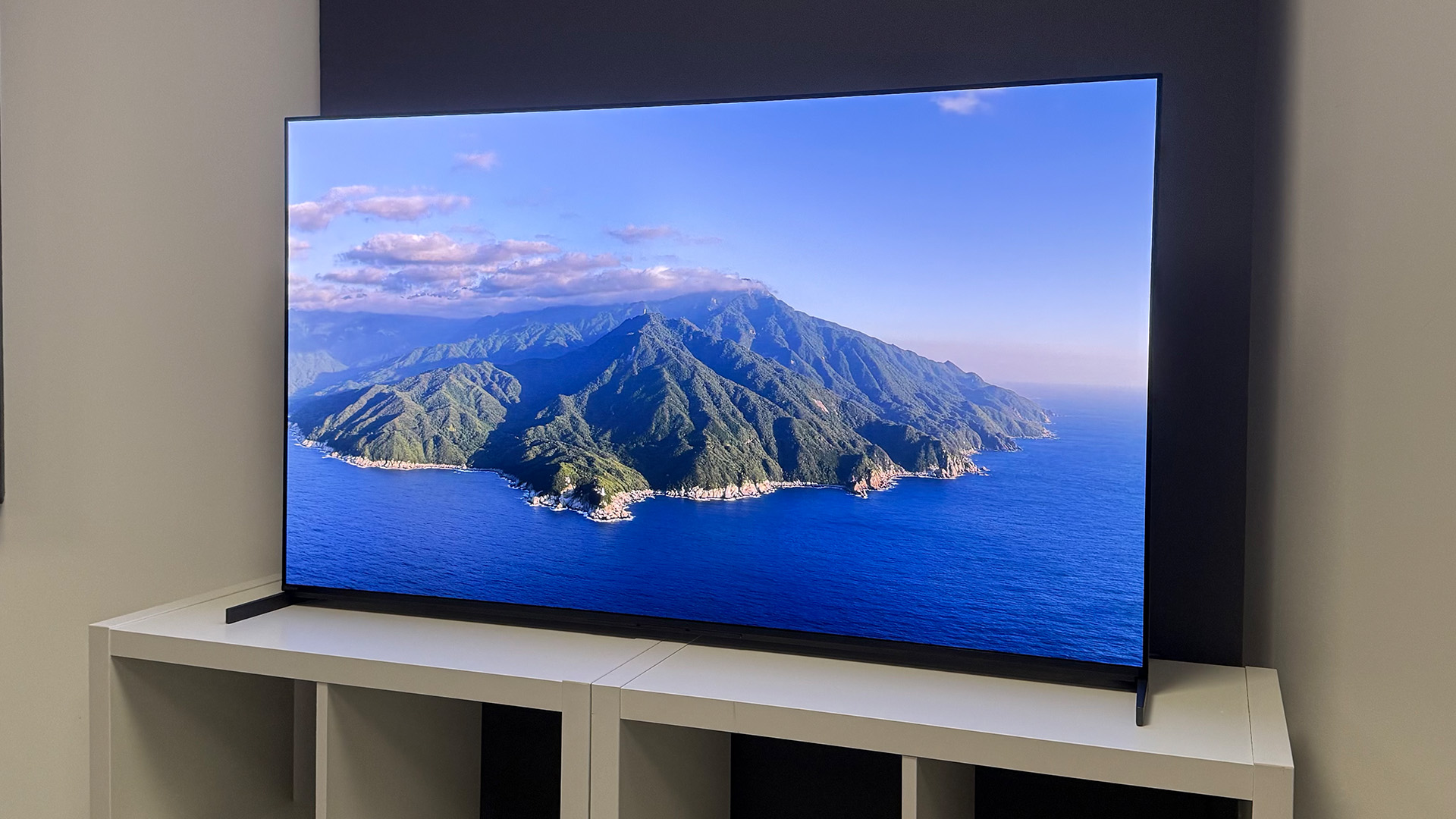Sonos tips: how to stereo pair, connect to a TV, and more
Get the most out of your Sonos system
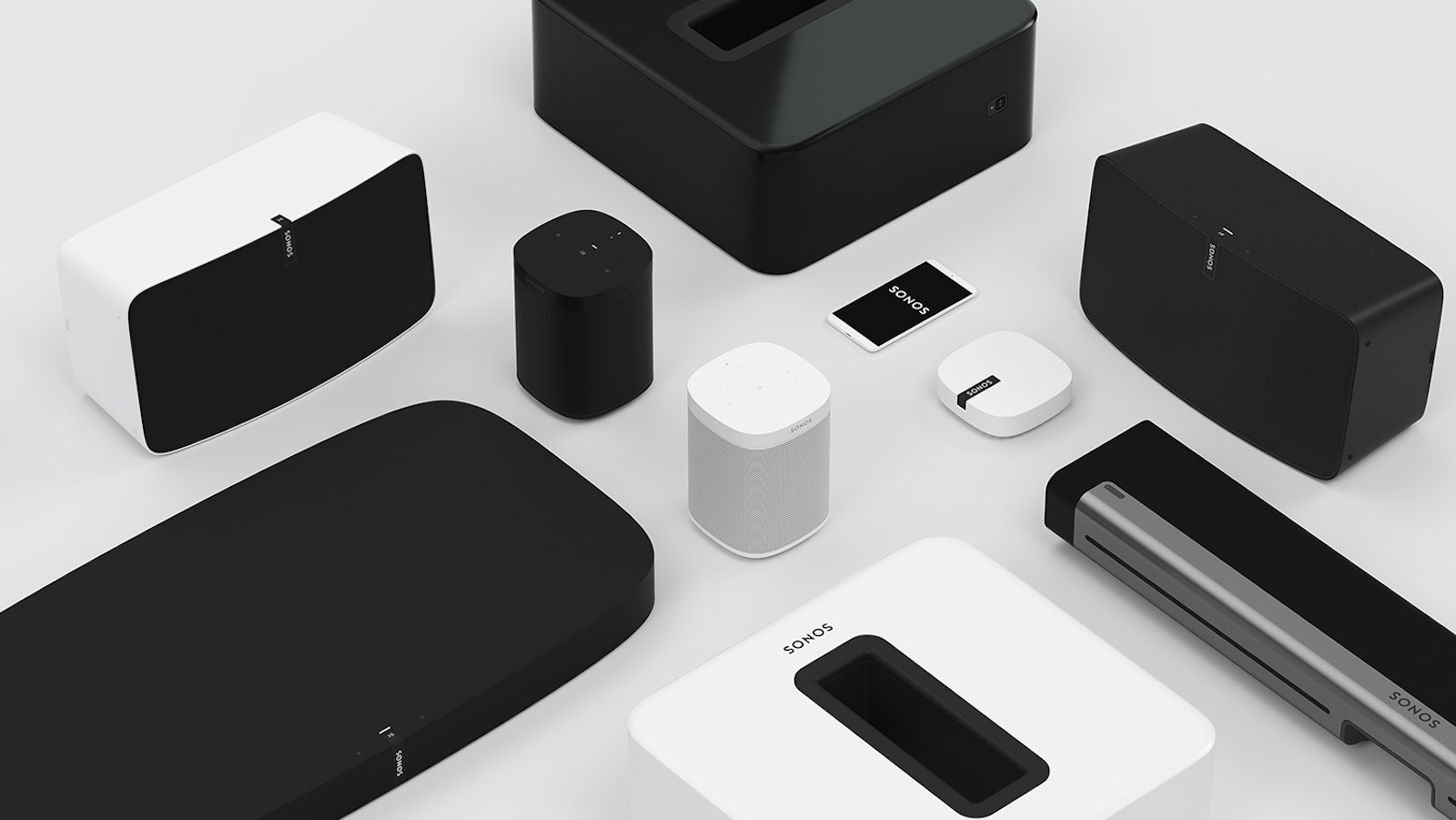
The Sonos multi-room system remains one of the best ways to get whole-home audio. Comprising a wide range of products, from wireless speakers to soundbars, the Sonos ecosystem is versatile and simple to use while being competitive in the sound department.
Despite being so simple to set up and use, there are plenty of neat Sonos features tucked away, with which even long-time users may not be familiar.
So if you've just unboxed your first Sonos speaker or simply want some inspiration for getting the most out of your existing set-up, we've answered some of the most popular FAQs and rounded-up some Sonos tips and tricks we hope are useful...
- Learn all about Sonos in our complete Sonos buying guide
- Still shopping? Here is which Sonos speaker you should buy
Do Sonos speakers have Bluetooth?
As wi-fi and network streaming lies at the heart of the Sonos ecosystem's functionality, Bluetooth has not historically been something Sonos has included in its speakers, such as the old Play:1 or Play:3 or the newer, current Sonos One and Sonos Five.
In recent years, however, Sonos has branched out from speakers intended solely for use within the home by launching portable and, yes, Bluetooth-supporting speakers – the Move and the smaller Roam (and the microphone- and voice assistant-less Roam SL).
The Move, Roam and Roam SL support the standard AAC and SBC Bluetooth codecs but unfortunately, aptX or aptX HD are not on the menu for higher-quality Bluetooth transmission from compatible sources.
Can Sonos work without wi-fi?
Some Sonos products, such as the Sonos One, are wholly reliant on being connected to the internet, whether that is wirelessly over wi-fi or connected to by an Ethernet cable.
The latest hi-fi, home cinema and tech news, reviews, buying advice and deals, direct to your inbox.
As discussed above, the Move, Roam and Roam SL have the option of Bluetooth connectivity too. The large Sonos Five wireless speaker expands wi-fi functionality with a 3.5 mm input.
As you'd expect from soundbars, the Sonos Ray, Beam and Arc have TV-savvy connections in addition to wi-fi. The affordable Ray sports an optical socket, while the Beam has an HDMI eARC connection to help facilitate its Dolby Atmos skills. The higher-end Arc has both.
Can Sonos connect to a TV?
The Sonos Ray, Beam and Arc soundbars can physically connect to a TV via an optical or HDMI cable thanks to the physical connections on their rear. The addition of Alexa on the HDMI-supporting Beam and Arc means you can also use these soundbars to turn your TV on and off using your voice.
But Sonos speakers can also play a part in a TV system too by connecting to a Sonos soundbar over wi-fi and being selected as rear channels in a multi-channel surround set-up. Only products of the same model can be used together as surround speakers, mind you. For example, two Sonos Ones can be used for surround sound but One and Play:1 cannot.
You can wirelessly add Sonos's Sub to a Sonos soundbar set-up too, using the app.
Which Sonos app should you use?
Since 8th June 2020, Sonos owners have had a choice of Sonos apps to use. Sort of. On that date, a new platform update and app called 'S2' launched as the biggest update in the company's history, designed to power the next generation of Sonos devices. But the S2 update also marked the end of the line for some older Sonos products that simply didn't have the processing power required to keep pace.
The only reason you might want to avoid downloading the newer Sonos app is if you have a system wholly or partly comprising unsupported legacy Sonos products. And if that's the case, there are four routes you can go down.
Are Sonos speakers waterproof?
The Sonos One and Five wireless speakers are designed for indoor home use and therefore are not waterproof.
The Move was Sonos's first portable speaker on the scene and carries an IP56-rated water resistance, meaning it's protected from "dust and high-pressure water streams". The Roam goes one step further, offering dustproof and waterproof to a rating of IP67, meaning the speaker can withstand being submerged in 1m/3ft of water for up to 30 minutes.
Those who are after Sonos speakers to install outside should look into the outdoor speakers by Sonos and Sonance, which are IP66-rated and therefore "dustproof and weatherproof, conforming to Mil Spec 810 for humidity, salt spray, temperature and UV exposure".
Can you stereo pair Sonos speakers?
Yes. If you own more than one Sonos speaker, they can be paired to play true stereo – that is, one can play the left channel of music while the other plays the right channel.
Speakers that can be paired include the Sonos One, Sonos One SL, Sonos Move, Sonos Roam, Sonos Roam SL, Play:1, Play:3, Play:5, Five and the Sonos IKEA models – but note that only the same model can be paired with one another this way. You can't have a Five playing the left channel and a One playing the right.
To set stereo pairing up in the app, head to Settings > System > Products > Set up/Create Stereo Pair.
Is Sonos worth it?
As an entire ecosystem, Sonos is hard to fault. Sensibly priced, beginner-friendly and with an appealing expand-as-you-go ethos, it's a multi-room solution to be reckoned with and highly recommendable for those after wireless whole-home audio.
Even buying just one Sonos speaker, such as the One or Five, makes sense considering the platform's easy operation, sleek design and wealth of streaming services, though it is in the seamless connectivity between multiple Sonos products that really bolsters their value.
In the case of the Beam and Arc soundbars, they're some of the best-sounding soundbars around at their respective price points, regardless of all their streaming and multi-room 'extras'.
The only Sonos use case we wouldn't wholly recommend is buying a Roam or Move portable speaker unless you really want to connect it to other Sonos speakers you have, simply as there are better-sounding Bluetooth speakers out there for the money.
Sonos tips to get the most from your system

1. Go wireless
You no longer need to connect a Sonos product to your router to get started. So, if you're confident your wireless network is up to it, and you don't live in a palatial mansion, you can put that first Sonos speaker wherever you want without worrying about running a wire back to your router.
2. Sonos your existing system
Want to get the functionality of Sonos on your existing hi-fi system? Originally you had the option of a Sonos Connect to connect to an amplifier, or the Connect:Amp to connect directly to a pair of speakers. These have now been replaced by the Sonos Port and HDMI-toting Sonos Amp. Hey presto, Sonos functionality on your hi-fi system.
3. Turn off the lights
The white light on the front of any Sonos speaker or component is handy for letting you know you're connected, but should you want a more stealth appearance once you're up and running (you might not want a bright white light on a speaker in your bedroom, after all), head into Settings in the Sonos app where you can toggle off the Status Indicator light.
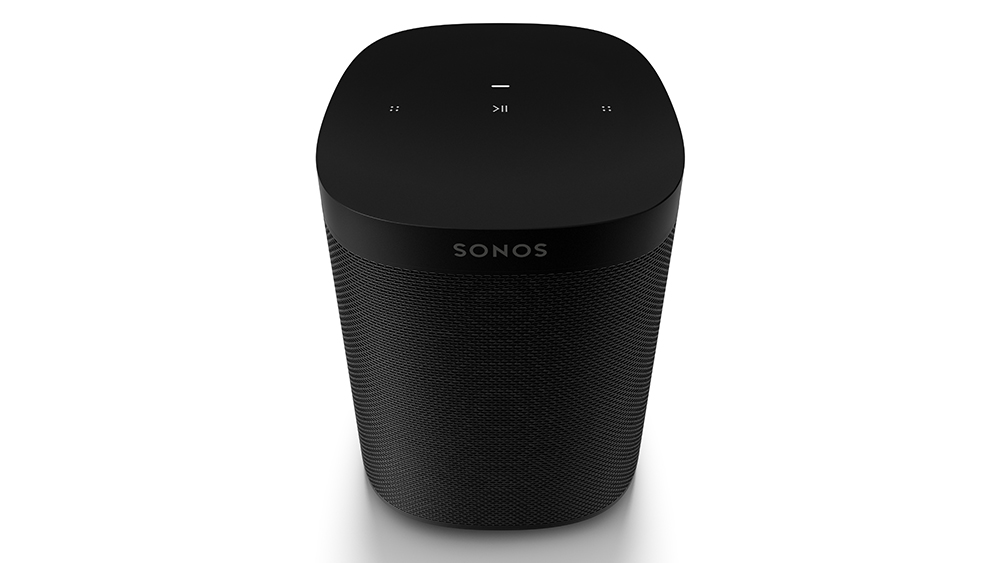
4. Add streaming services
Sonos's Mission Statement is to play 'all the music on Earth', so you'll find a whole host of streaming services at your disposal. Scroll to Settings, select My Services, then hit 'Add another account' to see the services at your disposal. You will need a premium subscription on services such as Spotify and Tidal in order to hear them on Sonos. The ever-growing list includes Apple Music, Amazon Music, YouTube Music, Audible, Bandcamp, Classical Archives, NTS Radio, Kiss, Global Player, Mixcloud, Qobuz, Stitcher, Triple M and Worldwide FM, to name but a few.
5. Update your app's playlists via Sonos
The most popular streaming services are increasingly well-integrated on Sonos. One neat trick is the ability to add tracks you listen to on Sonos to your Spotify (or another music service) playlists, which will then be ready for you in your Spotify app. Right-click on the track on the desktop app to add it to a Spotify playlist, or hit the three dots to call up this option within the mobile app.
6. Sonos playlists from multiple music services
Are some of your favourite tracks missing on one service but available on another? Create a Sonos playlist to have tracks from different music services – Soundcloud, Spotify, Tidal, for example – all in the same place for a seamless listening experience. Your Sonos Playlists can be found in the My Sonos tab in a section labeled Playlists.
You can also save your 'Now Playing' queue as a Sonos Playlist too.
7. Soundcloud favourites work on Sonos
Similarly, the Soundcloud integration on Sonos allows you to add to your Soundcloud 'Likes' from inside the Sonos app. Hit the heart symbol and the track will appear in your Soundcloud likes when you access the Soundcloud app or website.
10. Calm down with Sonos
Feel calmer with the help of the Calm app on Sonos. This built-in app delivers your fix of soothing sounds, meditation sessions (from 3 to 25 minutes in length), Sleep Stories and breathing programs directly through your Sonos speaker. Ideal for dozing off or starting or ending your day the right way.
11. Fall asleep to tunes
Use the 'Sleep' function to set your Sonos speaker to turn itself off after a set amount of time. Ideal if you want 30 minutes of rain sounds to help you drift off.
12. Wake up to music
And you can set the 'Alarm' function on the Sonos app to wake up to your favourite music or internet radio station at a given time.
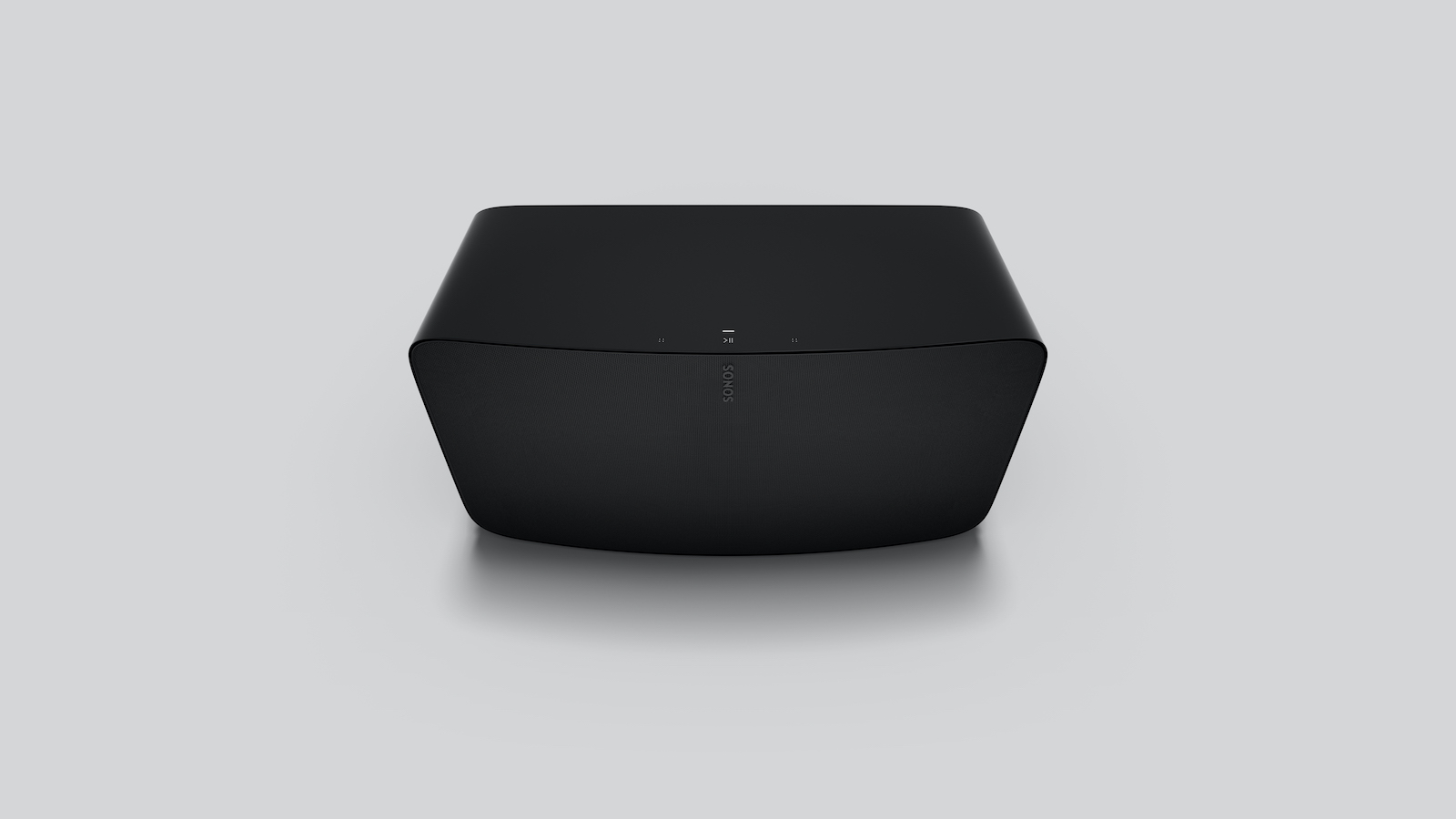
13. Play the music stored on your Android phone
If you've put new music on your phone or tablet and want to play it on your Sonos speakers the minute you step through the door, you can. Scroll down to 'This Mobile Device' on the Sonos app and you will see all your locally-stored music. Sadly, this is now only on Android, but iOS users have an even beter option...
14. ...AirPlay 2 support
Some of Sonos’s speakers are now compatible with Apple’s AirPlay 2 streaming standard, meaning music stored on iPhones or iPads can be streamed to them easily and quickly. It also adds the option of creating a mix-and-match multi-room system containing Sonos speakers and those from other manufacturers. And, as mentioned above, it brings the ability to use Siri, via an iOS device, to control Sonos.
15. Mute button multiple functions
If you still have an older speaker with a mute button, well, the mute button isn't just a mute button. Press it once to play/pause your tracks, press it twice to skip to the next track, or press and hold to mute just a single speaker.
16. Touch and go
The touch-sensitive buttons, first introduced on the 2nd-gen Play:5, don't just do play/pause and volume. Slide from left to right to skip forward a track or right to left to skip back.

17. Trueplay room calibration
Ask the powers that be at Sonos for the best way to upgrade your sound, and they'll say (the completely free) Sonos Trueplay. You can use the Trueplay room calibration to fine-tune your Sonos speakers to your space. It's available on the Sonos app but only on iOS (7 and above), so you'll need an Apple device to give it a whirl.
The portable Move and Roam speakers have Automatic Trueplay, which, with the help from their built-in mics, tweaks the EQ automatically depending on the speakers' surroundings (though you can also fine-tune bass and treble yourself).
To start the Trueplay process, open the Sonos app and head into Settings and then System. Select the speaker you want to tune, then hit Trueplay in the Sound section and follow the on-screen instructions.
18. Add a DAC
If you're using a Sonos Connect or Sonos Port then you can take advantage of the digital output and add a dedicated external DAC to take care of the crucial digital-to-analogue conversion. Arcam's SonLink was built especially for that purpose, though it's now pretty hard to find, so we'd suggest you instead choose from our round-up of the best DACs to find an upgrade option.
19. Stream in lossless and hi-res quality
Streaming services don't have to mean low-quality compressed music anymore. CD-quality, lossless streaming services such as Amazon Music, Deezer and Tidal are now available – and available on Sonos. Hi-res 24-bit quality is now even available thanks to recent support of Amazon Music HD and Qobuz, so long as you're a subscriber of the hi-res-inclusive tiers. Sadly, the hi-res streaming tiers on Tidal and Apple Music are not supported.
20. Loudness
All of Sonos’ speakers have a 'Loudness' feature that’s enabled by default. In some cases it’s sensible to turn it off, but not in the case of the Sonos Beam. It acts like an old-fashioned bass-boost function and, while that tends to be something we avoid, on the Beam it's more sophisticated and results in a weightier, fuller, more engaging sound.
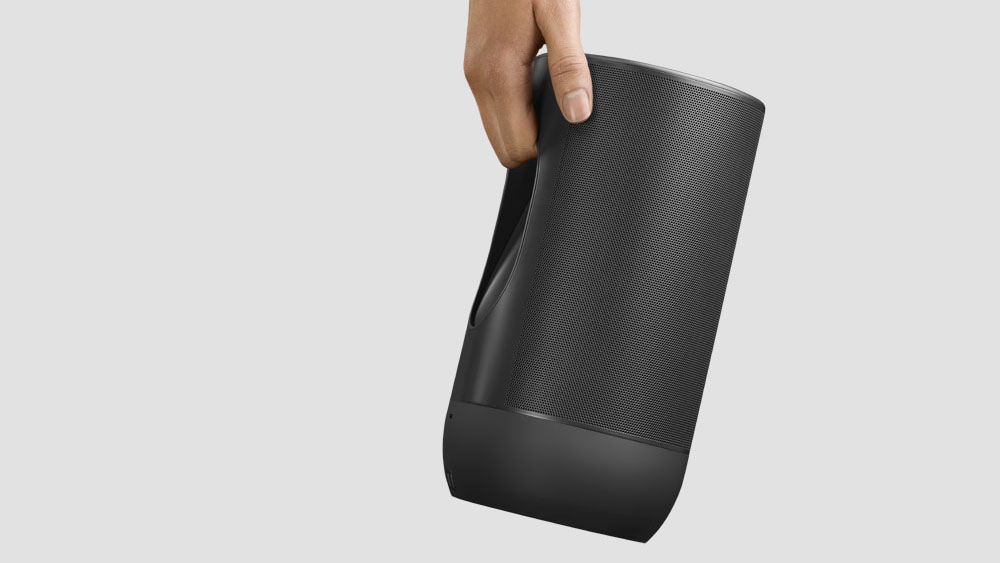
21. Talk to Sonos
The Move, One and Beam support Amazon Alexa and Google Assistant voice control, bringing the ability to voice your music requests (provided you're using a compatible music service, such as Amazon Music and Spotify). You can then command this music all around your system, bringing a sort of voice control to legacy Sonos products. The addition of Alexa on the Beam means you can also use it to turn your TV on and off, thanks to the HDMI connectivity.
Thanks to Apple Airplay 2, you can use an iOS device to use Siri to control Sonos, too.
And then you have Sonos's own native voice assistant. The brand-new Sonos Voice, complete with the wake word "Hey Sonos", is now available to all microphone-toting Sonos speakers on the S2 platform in the US, with a global rollout to follow. Sonos Voice works with Apple Music, Amazon Music, Deezer, Pandora and Sonos Radio. It's early days, but Sonos Voice promises to improve responsiveness and privacy for Sonos customers wanting to use voice control.
22. Just add Fire
If you want to take the voice control further on the Sonos Beam, you can add a Fire TV or Fire TV Stick. Once connected, you can issue commands such as, “Watch Stranger Things” and the show will start playing. Again, this is only with compatible streaming services, such as Netflix.
23. Stands for your speakers
Want your Sonos speakers to look more like hi-fi speakers? Instead of perching your Sonos speaker on a shelf or table, you could always try a pair of stands. We quite like the look of some of these Flexson stands.
24. Boost your network
Suffering with skips or delays? It might be your network. The Sonos Boost is designed especially to combat this and should provide a more vigorous network connection for smooth streaming.
25. Play vinyl through Sonos
You can play vinyl through Sonos, too. Sort of. Connect any turntable with a built-in phono stage to the Five's line input, or the inputs on a Sonos Connect, Connect:Amp, Port or Amp. Then head to the settings to adjust your source. Just don't expect to skip tracks on the app...
Have you got your own Sonos tips to share? Let us know in the comments section below.
MORE:
The best Sonos deals on the internet
The best Sonos alternatives you can buy
Everything you need to know about Sonos

Joe is the Content Director for What Hi-Fi? and Future’s Product Testing, having previously been the Global Editor-in-Chief of What Hi-Fi?. He has worked on What Hi-Fi? across the print magazine and website for almost 20 years, writing news, reviews and features on everything from turntables to TVs, headphones to hi-fi separates. He has covered product launch events across the world, from Apple to Technics, Sony and Samsung; reported from CES, the Bristol Show, and Munich High End for many years; and written for sites such as the BBC, Stuff and The Guardian. In his spare time, he enjoys expanding his vinyl collection and cycling (not at the same time).
